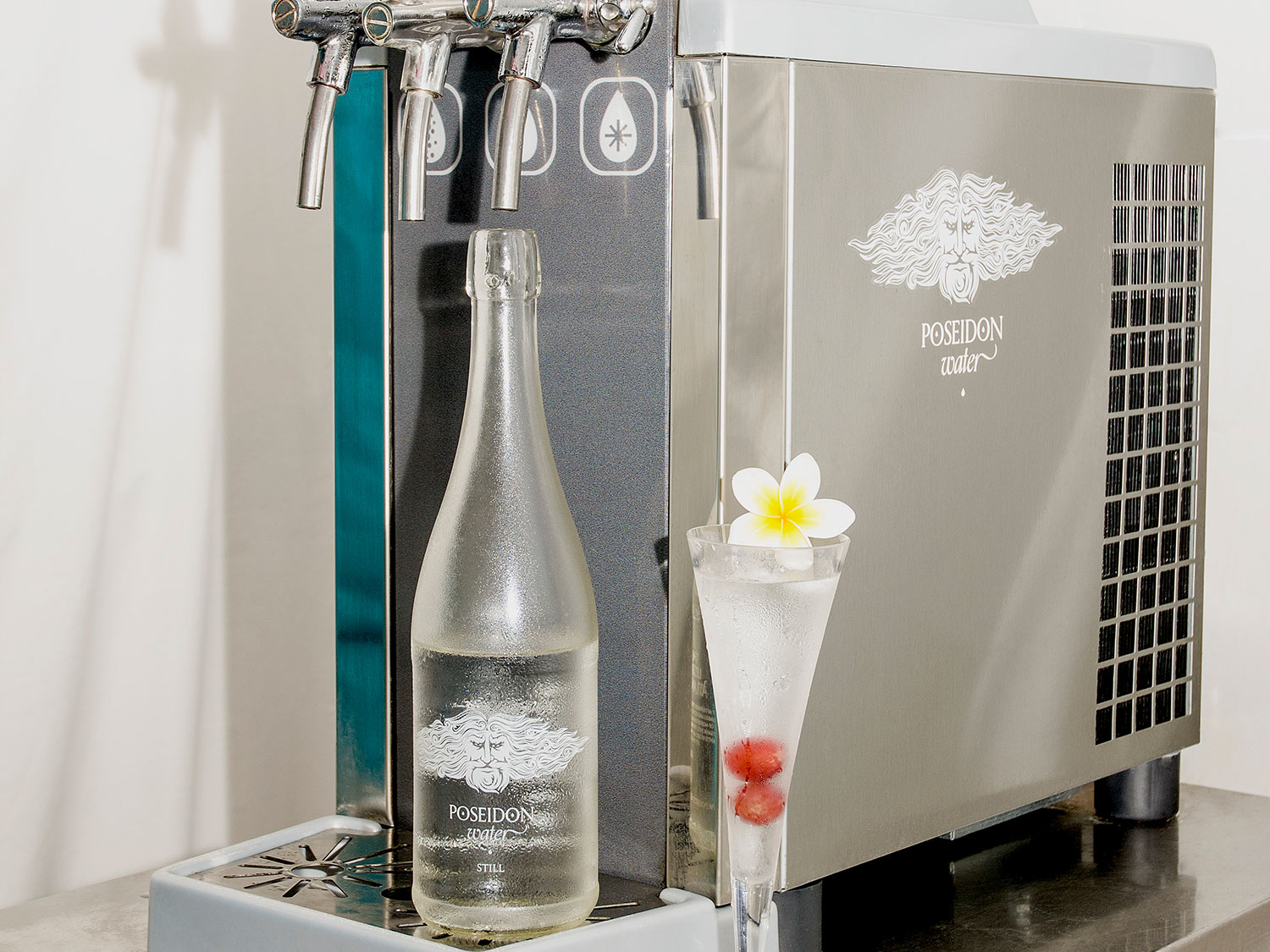
However, International Financial Reporting Standards (IFRS) permits firms to use FIFO, but not LIFO. Check with your CPA to determine which regulations apply https://www.wattmedia.ro/2021/10/05/general-contractor-bookkeeping-101-master-job/ to your business. When you sell the newer, more expensive items first, the financial impact is different, which you can see in our calculations of FIFO & LIFO later in this post.
- Amid the ongoing LIFO vs. FIFO debate in accounting, deciding which method to use is not always easy.
- Inventory is valued at cost unless it is likely to be sold for a lower amount.
- FIFO (First In, First Out) assumes the first items purchased are the first sold, while LIFO (Last In, First Out) assumes the last items purchased are sold first.
- This e-commerce fulfillment process is absolutely critical for online businesses because it helps deliver orders on time and in good condition.
- Specialties include general financial planning, career development, lending, retirement, tax preparation, and credit.
Key Differences Between FIFO and LIFO
This is the opposite of the FIFO method and can result in old inventory staying in a warehouse indefinitely. Ng offered another example, revisiting the Candle Corporation and its batch-purchase numbers and prices. For example, a grocery store purchases milk regularly to stock its shelves. As customers purchase milk, stockers push the oldest product to the front and add newer milk behind those cartons. Milk cartons with the soonest expiration dates are the first ones sold; cartons with later expiration dates are sold after the older ones.
FIFO vs LIFO: A Comprehensive Guide to Inventory Valuation Methods
Use accounting software to account for inventory using less fifo and lifo examples time and with more accuracy. QuickBooks allows you to use several inventory costing methods, and you can print reports to see the impact of labor, freight, insurance, and other costs. With QuickBooks, you’ll know how much your inventory is worth so you can make real-time business decisions.
Inventory management

LIFO, https://www.bookstime.com/articles/how-to-get-paid-as-a-freelancer on the other hand, results in higher COGS and lower net income during inflation, which can help reduce tax liabilities. The choice between FIFO vs LIFO accounting can thus influence a company’s reported profitability and tax obligations. To calculate the value of ending inventory using the FIFO periodic system, we first need to figure out how many inventory units are unsold at the end of the period.
Why Does Inventory Valuation Matter?

We’ll also provide an example to illustrate the impact that the two inventory valuation methods can have on a company’s profits and taxes. The FIFO method, or First In, First Out method, is an inventory valuation approach where the oldest inventory items are sold first. This means that the cost of goods sold (COGS) is based on the cost of the earliest purchased or manufactured items. The remaining inventory is valued at the cost of the most recent purchases. Selecting between FIFO and LIFO hinges on your business’s specific needs, the nature of your inventory, and your financial strategy. FIFO is often the preferred method for businesses with perishable goods or products that quickly become outdated, ensuring stock freshness and relevance.
Here, the most recently added inventory (last in) is the first to be used or sold (first out). It’s a method more often used in accounting than physical inventory handling, but it has strong financial implications. Inventory control isn’t just about keeping stock levels in check—it’s about optimising how, when, and in what order goods move through your warehouse. However, if you can get a tax benefit, the last in, first out method can be a better option.
Inventory Flow and Financial Impact
Using FIFO, the cost of goods usually stays stable, making it easy to track inventory and costs. If you’re an international business, you may not be allowed to use LIFO for tax purposes. It’s useful for retail companies that need to stay on top of trends and quickly sell fashionable items. But since inflation is a reality, the inventory value comes out to be something when we use FIFO, and it comes out to be something else when we use LIFO. Each category represents inventory at a different stage of the production process.
Free Business Tools

It can make stock values look distorted and doesn’t fit with global accounting rules. There’s a risk of stock getting outdated and showing lower long-term asset values. Plus, not following international standards limits its use to just US firms following GAAP.
Business

The LIFO system is founded on the assumption that the latest items to be stored are the first items to be sold. It is a recommended technique for businesses dealing in products that are not perishable or ones that don’t face the risk of obsolescence. As a result, ABC Co’s inventory may be significantly overstated from its market value if LIFO method is used. It is for this reason that the adoption of LIFO Method is not allowed under IAS 2 Inventories.
LIFO, on the other hand, operates under a Last In, First Out assumption, where the newest inventory is sold first. FIFO follows a First In, First Out approach, meaning the oldest inventory is sold first. Understanding how FIFO and LIFO impact cost of goods sold (COGS) is easier with real-world examples. This makes it easier to monitor your inventory value and predict gross profit.



